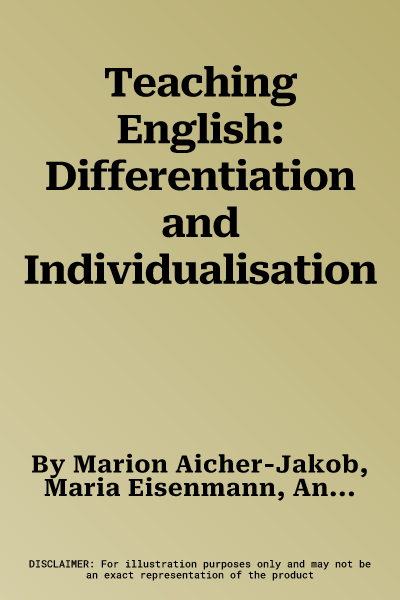Marion Aicher-Jakob
(Author)Teaching English: Differentiation and IndividualisationPaperback, 1 May 2019

Qty
1
Turbo
Ships in 2 - 3 days
Only 5 left
Free Delivery
Cash on Delivery
15 Days
Free Returns
Secure Checkout

Print Length
245 pages
Language
English
Publisher
Brill U Schoningh
Date Published
1 May 2019
ISBN-10
3825251098
ISBN-13
9783825251093
Description
Product Details
Book Format:
Paperback
Country of Origin:
US
Date Published:
1 May 2019
ISBN-10:
3825251098
ISBN-13:
9783825251093
Language:
English
Location:
Leiden
Pages:
245
Publisher: